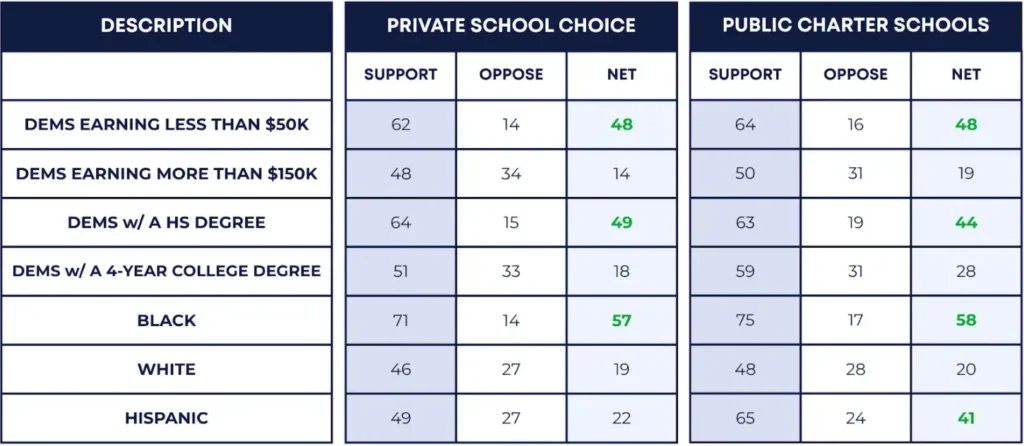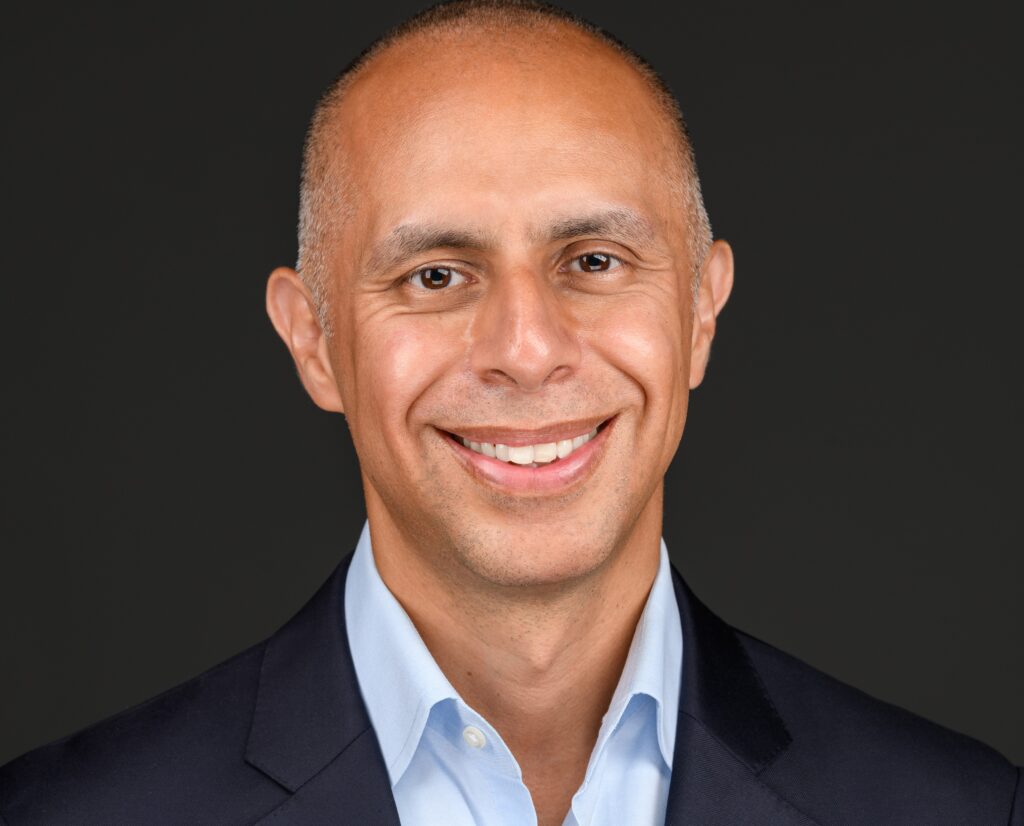Our Phoenix Rising series aims to elevate diverse perspectives and enable informed debate on urgent topics.
For too long, the political Left has allowed the debate over school choice to be defined and dominated by conservatives. In doing so, we’ve neglected the most dynamic lever for equity and innovation in American education while alienating the Black, Latino, and working-class families we claim to represent. It’s time for progressives to come to the school choice table—not to dismantle public education, but to reinvent it for a new era.
We Need a System Designed for Students
The American school system was built in the industrial age for industrial-age goals: to standardize instruction and efficiently batch-process students, like items on a factory assembly line. The system’s founders prioritized uniformity, top-down control, and compliance, not the development of each child’s potential. This structure has always failed some students, but in today’s rapidly changing world, it is failing more students than ever.
Post-pandemic data show that less than one-third of American students are reading or doing math at grade level. In major Democrat-led cities, entire schools report zero students proficient in math. The gap between politically progressive aspirations and politically progressive outcomes is staggering and growing. Yet we still pour energy into defending the system, rather than asking whether it was ever designed to do what we now demand of it.
If we want different results, then we need a different approach. A system of school choice where “the money follows the child” is one of the most powerful student-centered levers available, and it can help reinvent American education.
Progressives who continue to ignore this powerful tool are failing to embrace a 21st-century vision of public education, and they are denying students the academic and civic benefits that follow.
The Progressive Legacy of School Choice
There’s nothing inherently conservative about school choice and educational freedom. In fact, they have deep progressive roots.
School choice and educational freedom are tightly linked concepts. School choice refers to funding models that allow public dollars to follow the student, opening access to a broader array of schooling options. But educational freedom speaks to something even deeper: empowering communities to exert meaningful control over the educational experiences available to them, rather than ceding that authority to distant bureaucracies and rigid school district boundaries. School choice and educational freedom are about restoring agency to the people progressives claim to serve.
As James Foreman, Jr., writes in The Secret History of School Choice: How Progressives Got There First, the Black community has a long tradition of fighting for educational freedom. During Reconstruction, newly freed Black Americans—after having been denied literacy under slavery—pooled resources, built their own schools, and hired Black teachers to lead them.
This belief in community-driven education was at the heart of the community control movement in the 1960s, where local Black and Latino communities demanded the power to shape their schools; the open classroom movement in the 1970s, emphasizing school choice; and the nation’s first modern school voucher program, which passed with the support of nearly every Black legislator in Wisconsin, in the late 1980s.
Over the decades, in cities from Chicago and Milwaukee to Newark and Los Angeles, working-class Black and Latino parents have consistently sought options outside traditional district schools. Public charter schools, in particular, have emerged as one of the clearest and most successful expressions of this desire for alternatives. For many communities, charters have offered not only higher expectations and stronger results, but also the chance to build schools that reflect the values, cultures, and aspirations of the families they serve.
More recently, microschools have become an essential option for Black and indigenous communities, along with families with special needs learners. These small, often community-run learning environments blend personalized instruction with flexibility and autonomy. Many are launching with the support of funding models such as Education Savings Accounts.
For progressives truly committed to equity and self-determination, school choice and educational freedom are not a departure from our values; they are expressions of them.
For progressives truly committed to equity and self-determination, school choice and educational freedom are not a departure from our values; they are expressions of them.
A Progressive Vision of School Choice
To reassert leadership on education, progressives must do more than say “no” to choice plans. Instead, we need to lay out a vision of choice. That starts by breaking the monopoly of the traditional, top-down system and making room for bottom-up, community-driven innovation. We must empower communities to create new and different school models that can meet the unique educational needs of each child.
Next, we must ensure that choice programs are actually accessible to the families most in need and that those families have the tools to make informed decisions. A choice program that locks out the working class and amounts to a subsidy for wealthy families is a regressive use of public dollars.
We must also elevate educators. Too often, teachers are asked to work within rigid systems that limit their creativity. In a progressive vision of school choice, teachers are not cogs in a bureaucratic machine; they are trusted professionals, school founders, and learning designers. In fact, former public school teachers are creating many of the most innovative schools today, seeking the autonomy to do what’s best for students.
In addition, school choice should not be a free-for-all. We know that choice does not magically produce better outcomes. Therefore, expanding choice must go hand-in-hand with reaffirming our commitment to accountability. This does not mean imposing the same heavy-handed mandates that have stifled innovation in traditional districts. It does, however, mean ensuring clear reporting on student learning and support for families in making informed educational decisions. Families deserve transparency about how schools are performing, and the public deserves assurance that investments are meeting families’ needs. It also means ensuring civil rights protections and equitable access for lower-income families, such as providing higher amounts for families with special needs or income constraints, and accounting for transportation and meal assistance.
Finally, we must also work to transform the traditional school system, not just offer an escape from it. That requires peeling back the layers of bureaucratic, regulatory, and legal constraints that prevent even well-intentioned traditional district schools from innovating.
The ultimate goal isn’t to dismantle public education. In an ecosystem designed with equity in mind, the education system will work for every student, not just the fortunate few. If we get this right, then the lines between “traditional” and “non-traditional” will eventually disappear.
This vision isn’t hypothetical. It already exists and succeeds in other countries. As Ashley Berner notes, the U.S. is an international outlier in its insistence on uniform, government-run schools. In contrast, most democratic nations, including Canada, the Netherlands, and Sweden, fund a range of school types, including community-based, faith-based, and nonprofit-run schools, all while maintaining high standards for academic outcomes and financial transparency.
These pluralist systems trust families with real choices and hold every school, regardless of its model, accountable for results. School choice is not about ceding power to markets. It’s about restoring power to parents and communities. This is the future of education, and it’s time for progressives to shape it, not shun it.
School Choice Shouldn’t Be a Partisan Issue
Support for school choice is a mainstream position. According to EdChoice, 62% of all Americans are in favor of public charter schools, including 60% of Black Americans, 62% of Hispanic Americans, and 70% of parents.
Interestingly, the “purple” state of Pennsylvania has been engaged in a fairly unique conversation on choice since 2022, when then-candidate Josh Shapiro, a Democrat, expressed support for private school choice. A 2024 poll by DFER and SurveyUSA provides a breakdown of where voters stand on choice in Pennsylvania.

This poll confirms what many others have concluded: support for private and public school choice is strong across the board. Progressives don’t need to surrender to conservative framing on choice, but we do need to recognize that the ground is shifting. Being anti-choice not only undermines progressive values—it is also a political loser.
Choice Itself Is a Progressive Value
At its core, school choice should not feel foreign to progressive principles. Progressives already champion choice in many other areas of public policy.
We defend reproductive freedom with the rallying cry: “My body, my choice.” We champion the right to love whom you choose, to marry whom you choose, and to express your identity as you choose. As Ravi Gupta has pointed out, in areas like health care, we strongly support the right of Medicaid recipients to choose their doctor or hospital, even if that provider is privately owned. When it comes to housing, we support Section 8 vouchers that allow families to rent apartments in privately owned buildings rather than restricting them to public housing projects.
In higher education, progressives have never opposed students using Pell Grants or GI Bill benefits at private or religious universities. In early childhood education, we are perfectly comfortable with childcare subsidies flowing to private, nonprofit, or faith-based centers. In all of these areas, we recognize that public dollars can serve public purposes when delivered through private institutions, so long as guardrails that protect the public interest accompany those dollars.
And yet, when it comes to K-12 education, the single most important engine of opportunity in America, many progressives suddenly abandon this commitment. We impose strict monopolies, limit parental agency, and treat any form of educational choice as a threat to our values. In doing so, we resist giving low-income families the same range of educational choices that wealthier families enjoy.
The inconsistency is glaring. If we trust people to make decisions about their bodies, partners, health care, housing, college, and child care, then why not trust them to make decisions about their child’s K-12 education? Why defend a system that offers the most options to those with the most privilege, while limiting the agency of those with the least? Progressives should reclaim school choice and educational freedom as part of our own tradition: one that trusts communities, honors diversity, and fights for systems that serve people, not the other way around.
If we trust people to make decisions about their bodies, partners, health care, housing, college, and child care, then why not trust them to make decisions about their child’s K-12 education? Why defend a system that offers the most options to those with the most privilege, while limiting the agency of those with the least?
Grounded in CRPE’s core belief that public education is a goal, not a particular set of institutions, this series begins with exploring what shape a revamped federal role in education might take. Future posts will examine the evolving responsibilities of states and local communities. This series is a forum to challenge assumptions, spark debate, and generate ideas for preparing today’s and tomorrow’s students for a rapidly changing, uncertain future.




